Visualization types
The InfluxDB UI provides multiple visualization types to visualize your data in a format that makes the most sense for your use case. Use the available customization options to customize each visualization.
Band
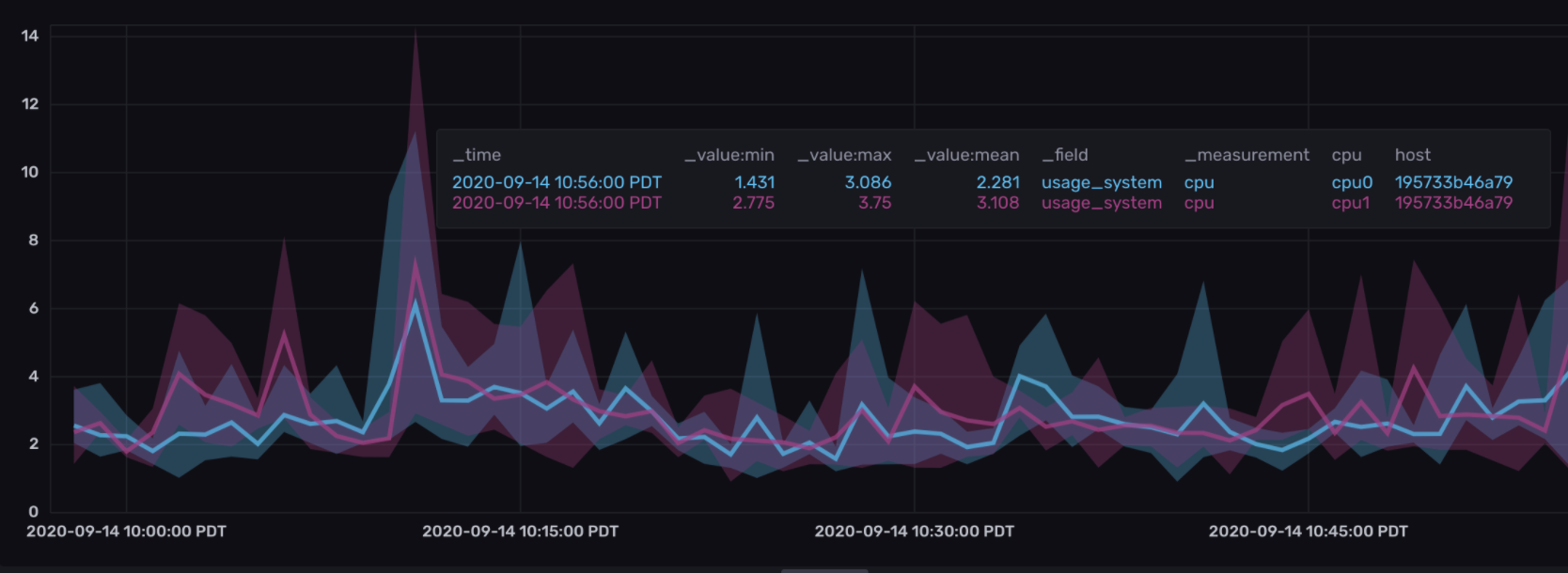
Gauge
The Gauge view displays the single value most recent value for a time series in a gauge view.
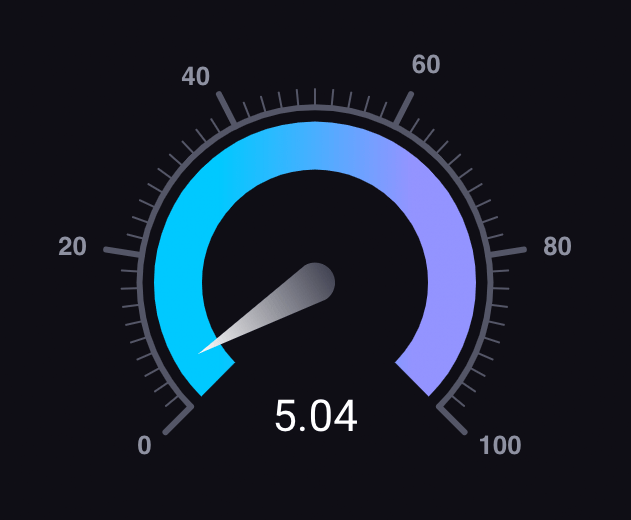
Graph
The Graph view lets you select from multiple graph types such as line graphs and bar graphs (Coming).
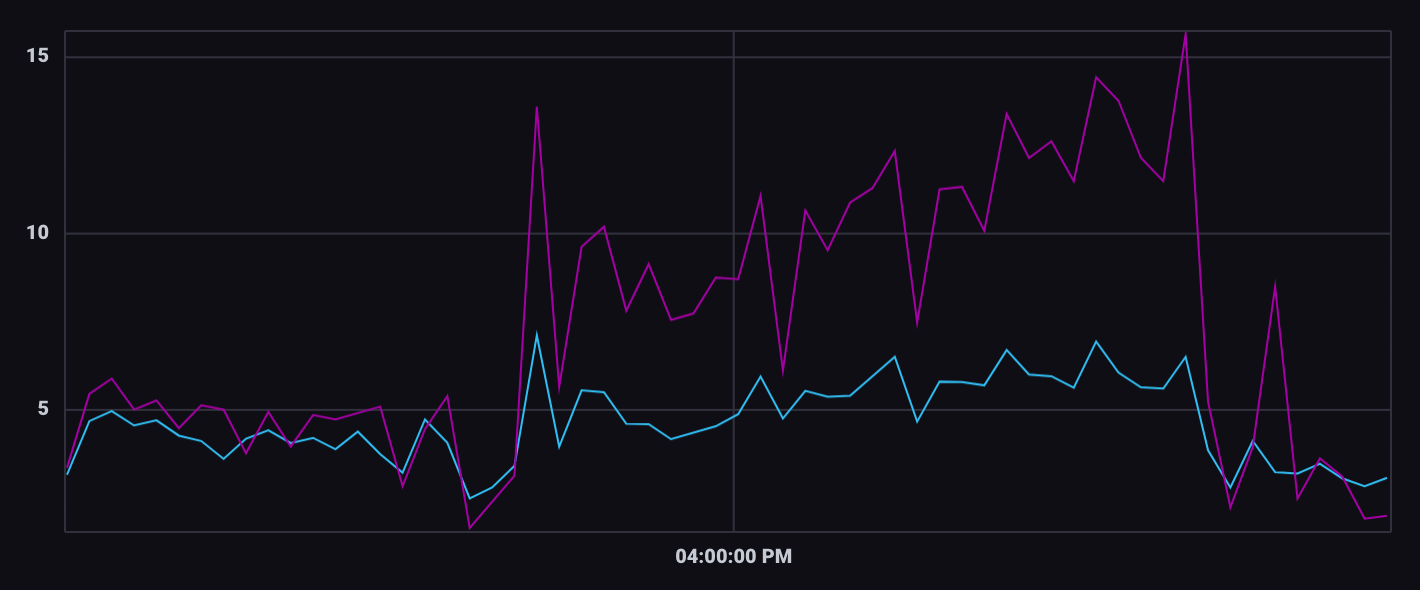
Graph + Single Stat
The Graph + Single Stat view displays the specified time series in a line graph and overlays the single most recent value as a large numeric value.
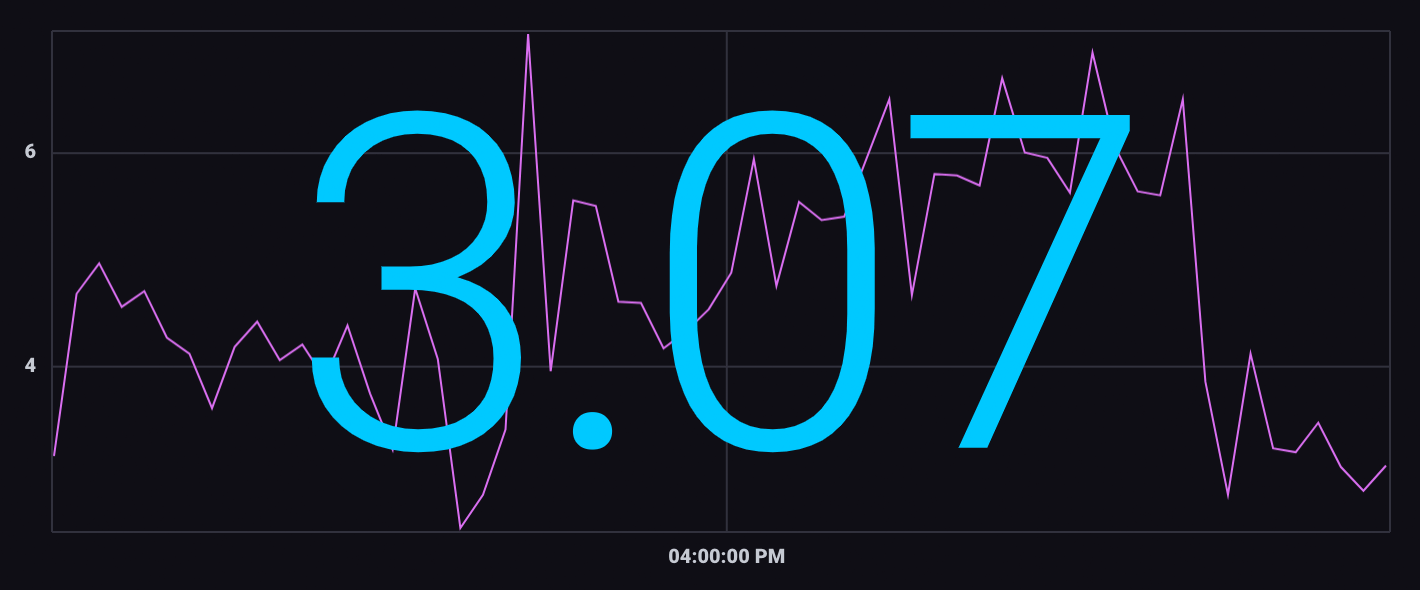
Heatmap
A Heatmap displays the distribution of data on an x and y axes where color represents different concentrations of data points.
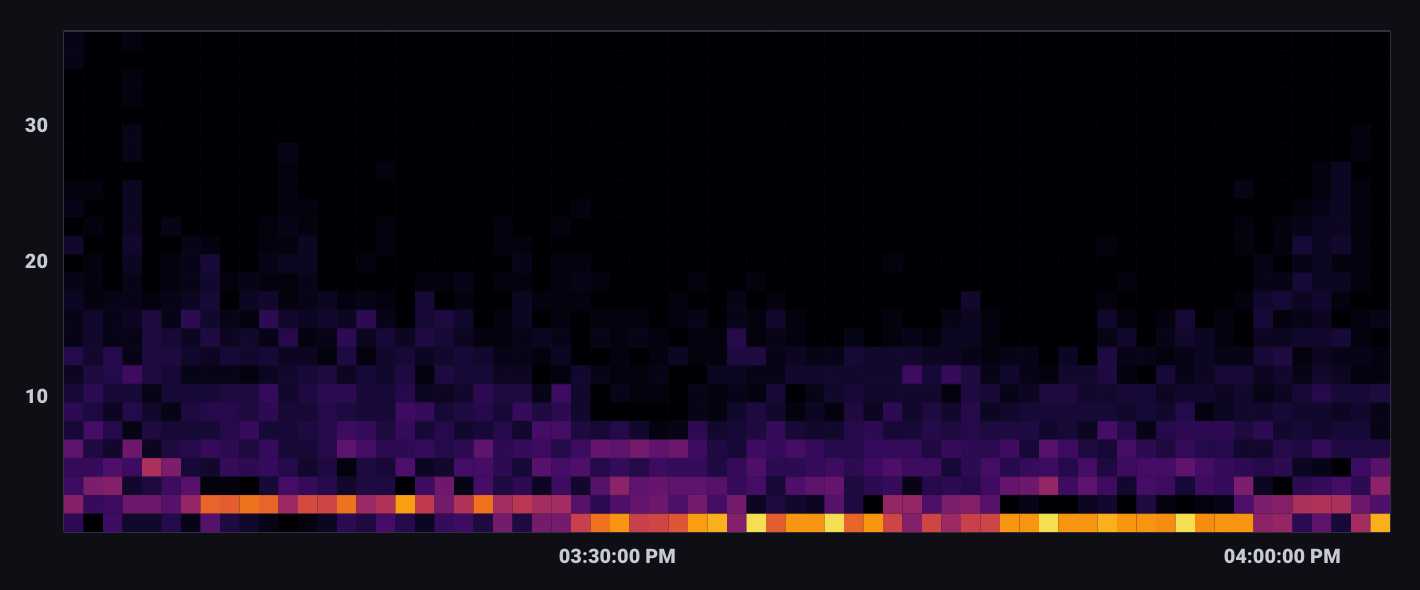
Histogram
A histogram is a way to view the distribution of data. The y-axis is dedicated to count, and the x-axis is divided into bins.
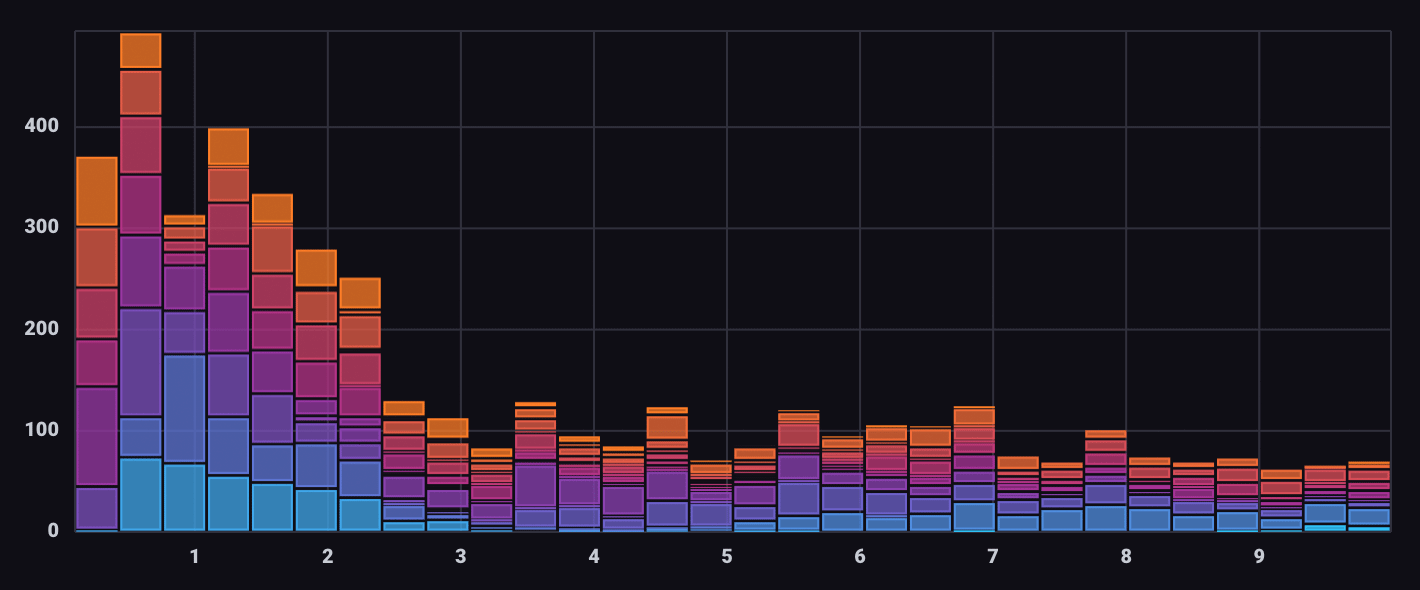
Mosaic
The Mosaic visualization displays state changes in your time series data. This visualization type is useful when you want to show changes in string-based states over time.
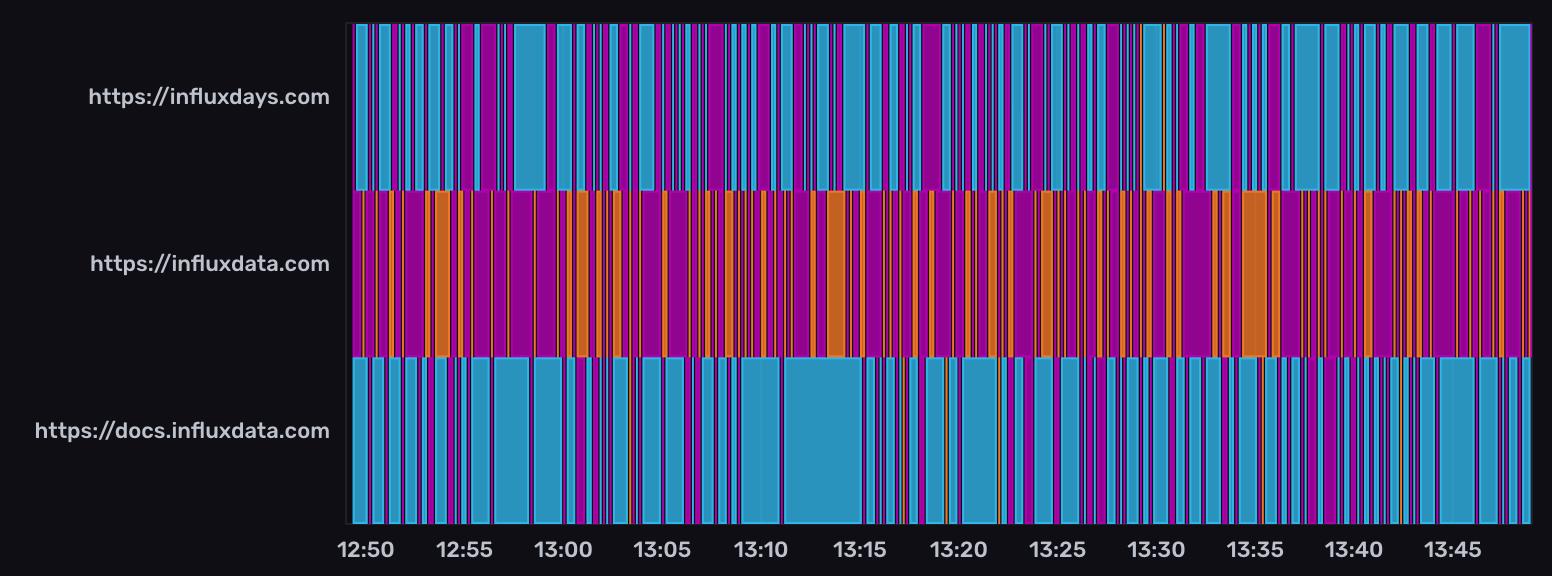
Scatter
The Scatter view uses a scatter plot to display time series data.
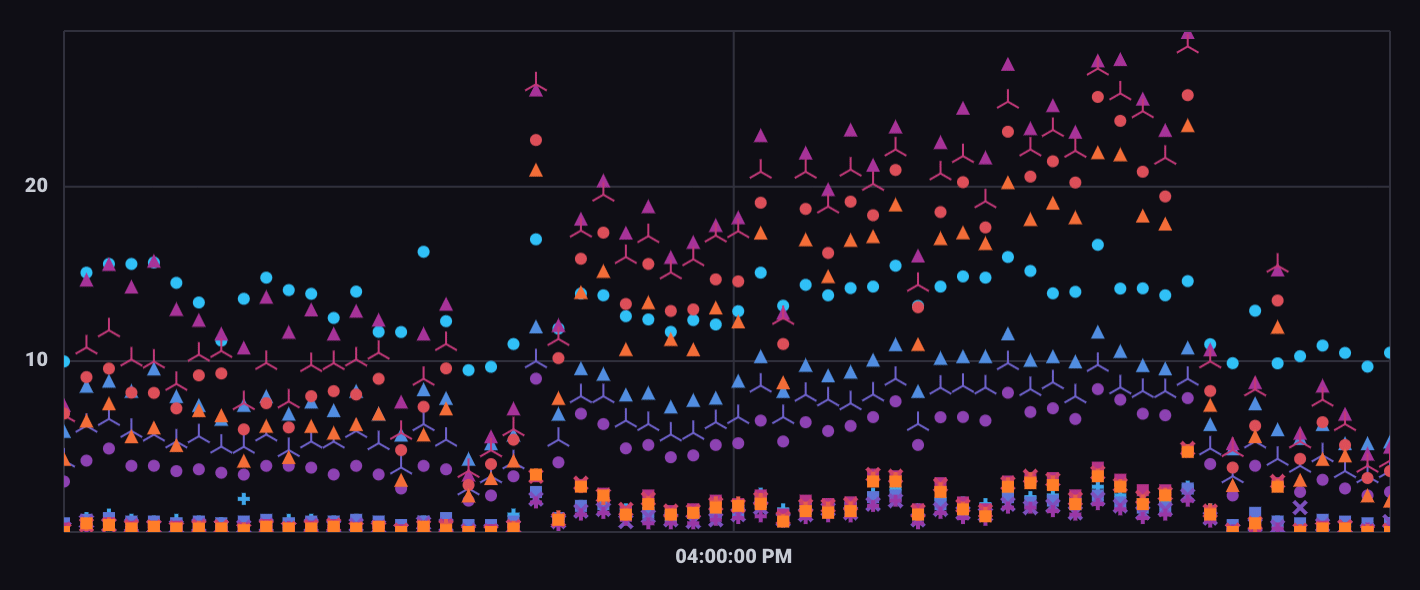
Single stat
The Single Stat view displays the most recent value of the specified time series as a numerical value.
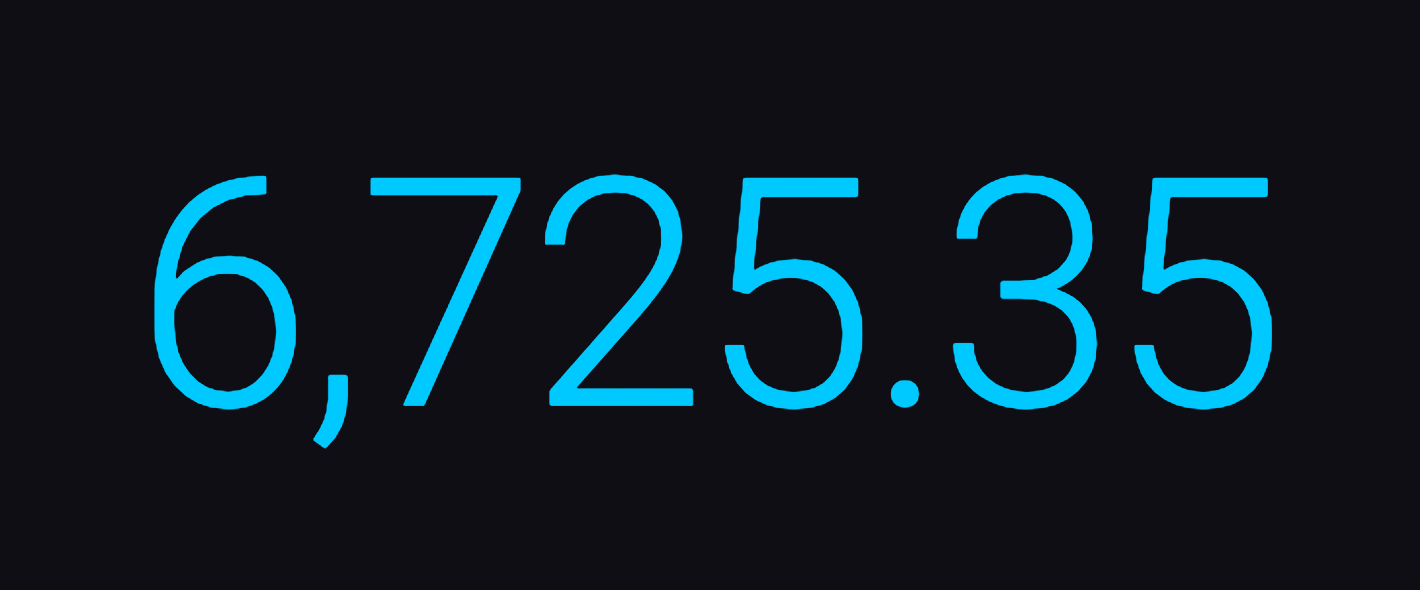
Table
The Table option displays the results of queries in a tabular view, which is sometimes easier to analyze than graph views of data.

Map
The Map visualization displays geo-temporal data on a geographic map.
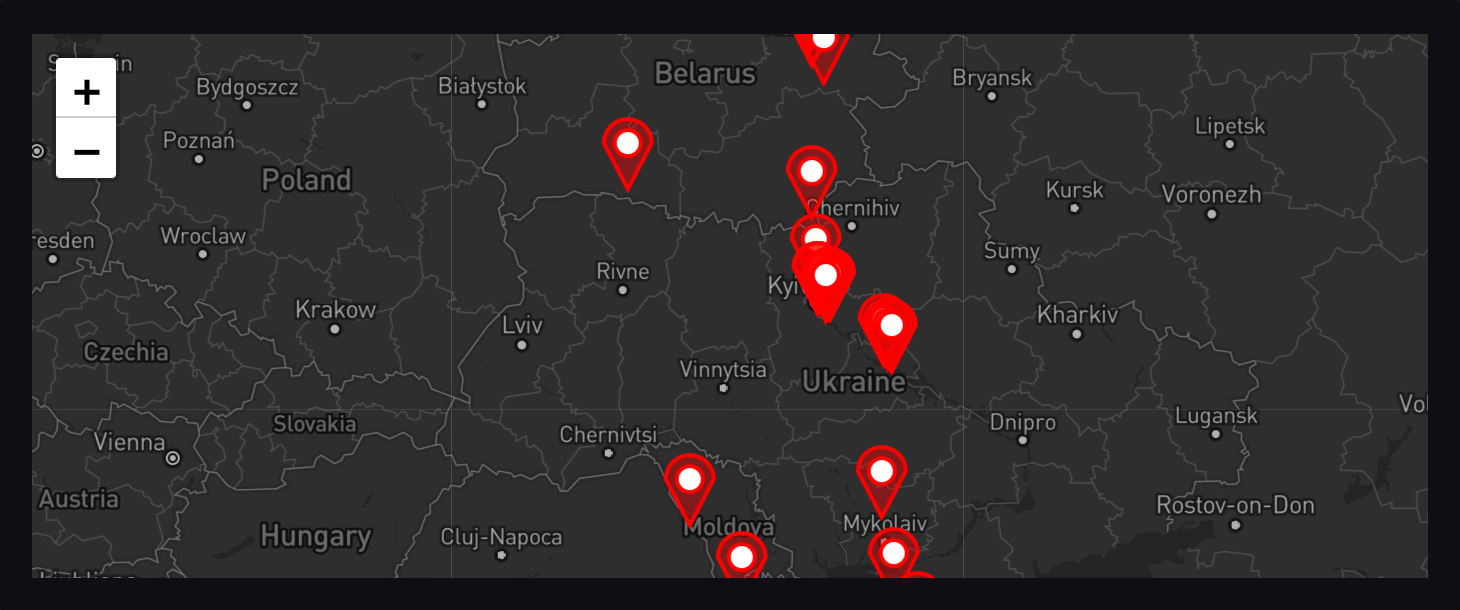
Was this page helpful?
Thank you for your feedback!
Support and feedback
Thank you for being part of our community! We welcome and encourage your feedback and bug reports for InfluxDB and this documentation. To find support, use the following resources:
Customers with an annual or support contract can contact InfluxData Support.
